Everyone seems stressed nowadays, even when they don’t have that much going on. Researchers invested a lot of time and money into the study of stress and have a number of sound theories and advice — but really, don’t let those fool you. Here’s the real deal, here’s why it was so easy back in the good old days.
Bayer’s Heroin
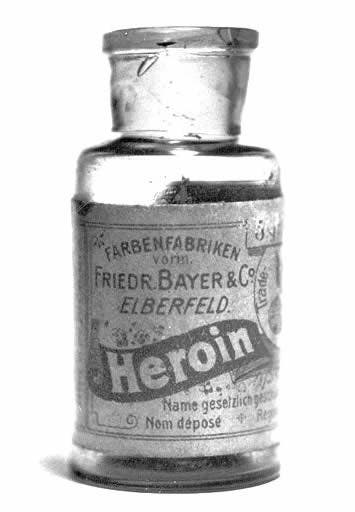
Diacetylmorphine (or heroin) was first synthesized by Alder Wright, who concluded it was even more addictive than opium, and abandoned research in this direction. However, the Bayer company concluded that it was very effective in treating moderate pains and dealing with diseases such as asthma or tuberculosis, so they branded it as Heroin and started advertising it. By 1899, there were reports that people were developing tolerance to the effects of heroin,
By 1924, heroin was restricted to prescription-only use in the US and was eventually banned by the nascent FDA altogether in 1924, although it was still sold under strict medical conditions.
What’s interesting is that it was branded pretty much at the same time with acetylsalicylic acid, that became later known as aspirin. It’s hard to say which one of these had more success…
Boehringer & Soehne
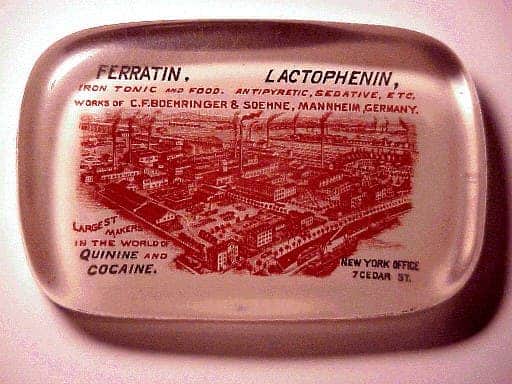
Boehringer & Soehne were located in Mannheim, Germany. Never heard of them? Well, if they were doing today what they did about a century ago now, you probably would have.
They proudly advertised their products, claiming to be the best makers of quinine and cocaine. It wasn’t only that they were good products, but Boehringer & Soehne also claimed a good price; as their ads said: “Prices no higher than for any other brand”. You just don’t see that anymore, sadly.
Opium for newborns, and not only
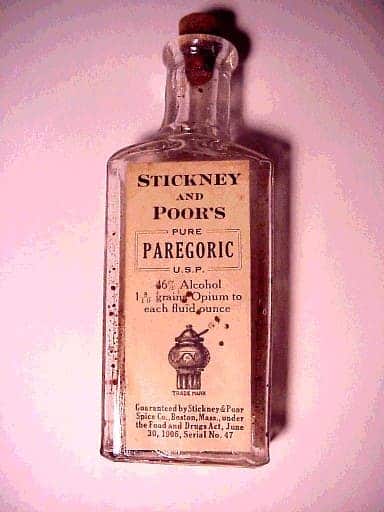
Nowadays, Stickney and Poor’s are known today mostly for their spices and mustard, but back in the day, they also sold a type of baby that was, well, a bit out there. It’s not just that it contained opium, but if the opium inside wasn’t enough, then the 46% alcohol would definitely do the trick. Presumably, babies would quickly fall asleep after such a treatment.
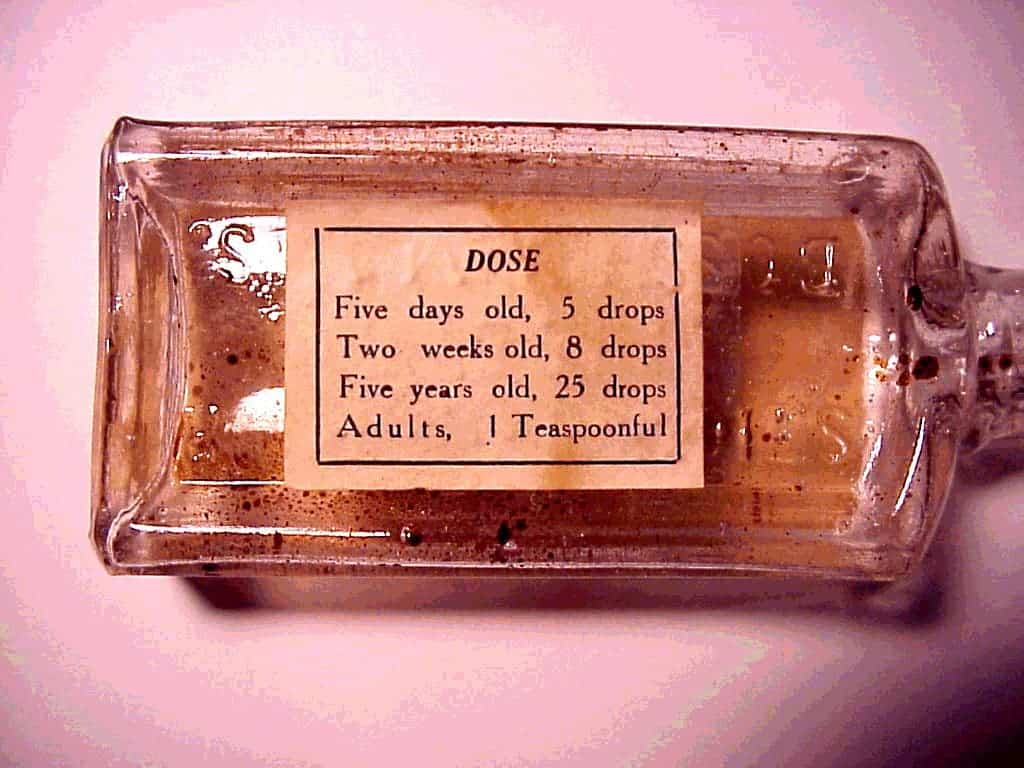
The dosage was important — there’s only so much alcohol and opium you want to give your baby. The product could also be used by adults, in a larger dose of about a teaspoon. Presumably, it also got the job done in adults.
Coca wine
Ahh, yes — the simple pleasures in life: cocaine and wine.
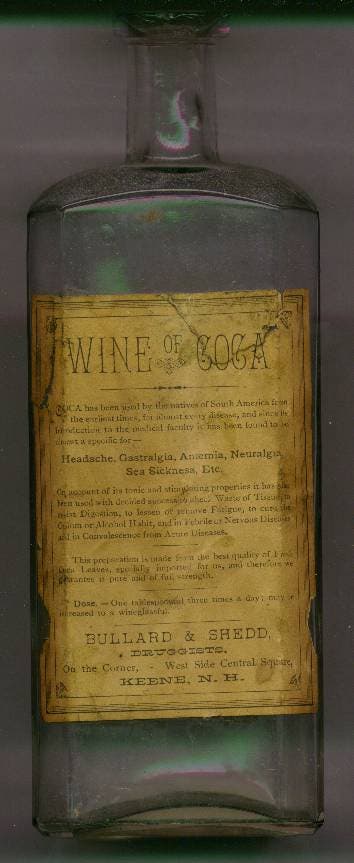
Believe it or not, wines with cocaine were not that uncommon at some point. Metcalf Coca Wine was one of the famous brands and had a reputation for making drinkers happy, and it was also used as a medicinal treatment. Maltine Coca Wine was also used a lot in the U.S., especially in New York, where it was produced. It was recommended for health reasons – a glass after each meal, and for the children, just a half glass of course.
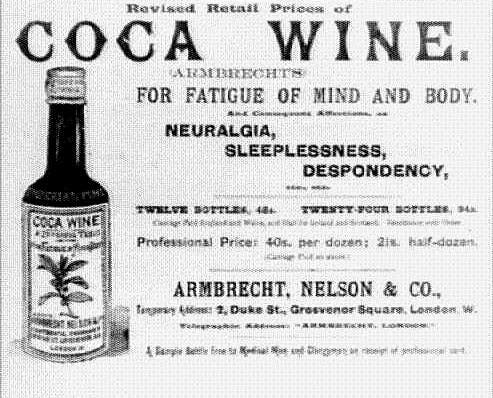
Without a doubt, though, the most appreciated such wine was the Mariani Wine. It was so good, that pope Leo XIII never left the house without a bottle of it. He even awarded the producer with Vatican’s Gold Medal.
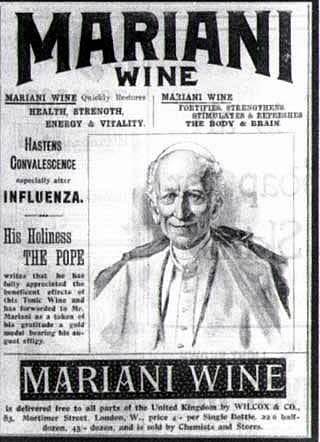
Amphetamine inhalers
Benzedrine (racemic amphetamine) inhalers were available in the U.S. until the mid-50s, and they were so appreciated that even airlines gave them to passengers to treat discomfort when the plane was taking off and landing. It was also proclaimed that more than 10 million Benzedrine inhalers had been distributed in the first 7 years it was released, which means they sold even better than mister McDonald’s hamburgers.
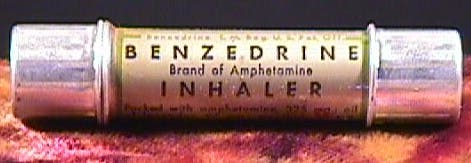
In 1959, the FDA claimed to ban the use of amphetamines — but they only banned amphetamine and
dextroamphetamine, not methamphetamine or other amphetamine derivatives. This loophole was heavily abused, as amphetamine inhalers were still produced and sold for years to come.
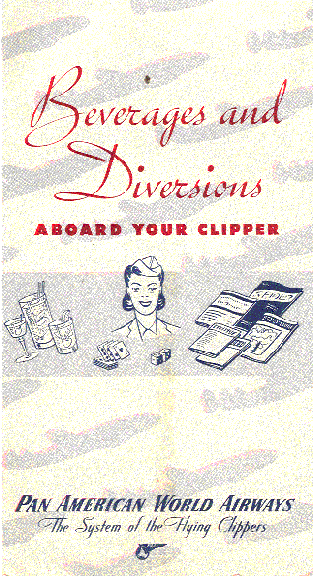
Opium for Asthma
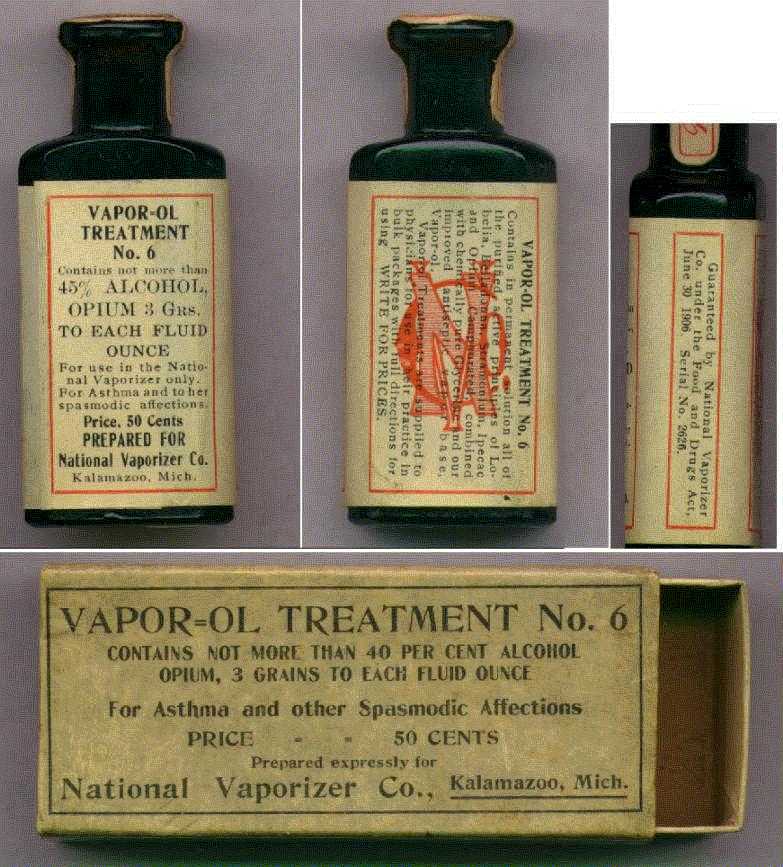
It’s not sure how good this treatment was, but at least, the National Vaporizer Vapor-OL (opium) Treatment no. 6 for asthma (as it was called) provided a unique way of smoking opium. You had a pretty volatile liquid that went in a sort of frying pan, heated by a small kerosene lamp placed under the pan.

Dragees Antiseptiques Au Menthol: cocaine for sour throat
The early 20th century apparently liked cocaine in all forms, including mints or throat tablets.
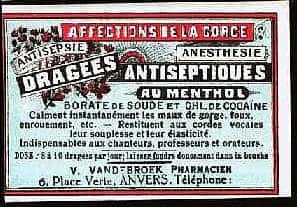
So yeah, everything seems to be good, at least if you go by the name, but these ‘dragees’ were basically Cocaine throat lozenges. Cocaine in this form, its producers claimed, was not only fun like the wine, but also useful. This Belgian product was claimed “indispensable for singers, teachers, and orators”. Word.
Mrs. Winslow’s Soothing Syrup
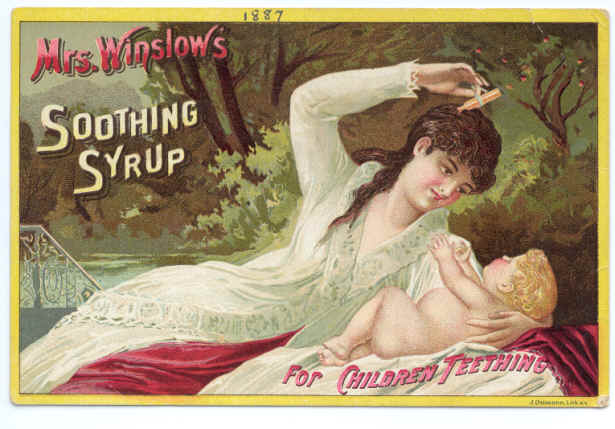
Of course, as a working mother, things are never easy. So when you get home, you want to get some peace and quiet, and that’s exactly what this soothing syrup was doing. Because no matter how noisy and restless a child is, 65 milligrams of morphine per fluid ounce does the trick.
Cocaine toothache drops
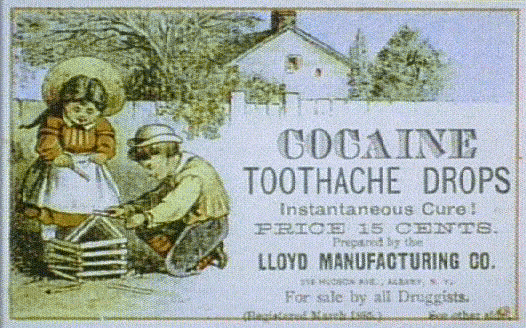
Without a doubt, cocaine is our winner (perhaps there’s a lesson here, somewhere, I’m not sure). These cocaine toothache drops were absolute miracle drugs, and they cured aches almost instantly and they also came with a bonus: after taking them, children were always happier.



